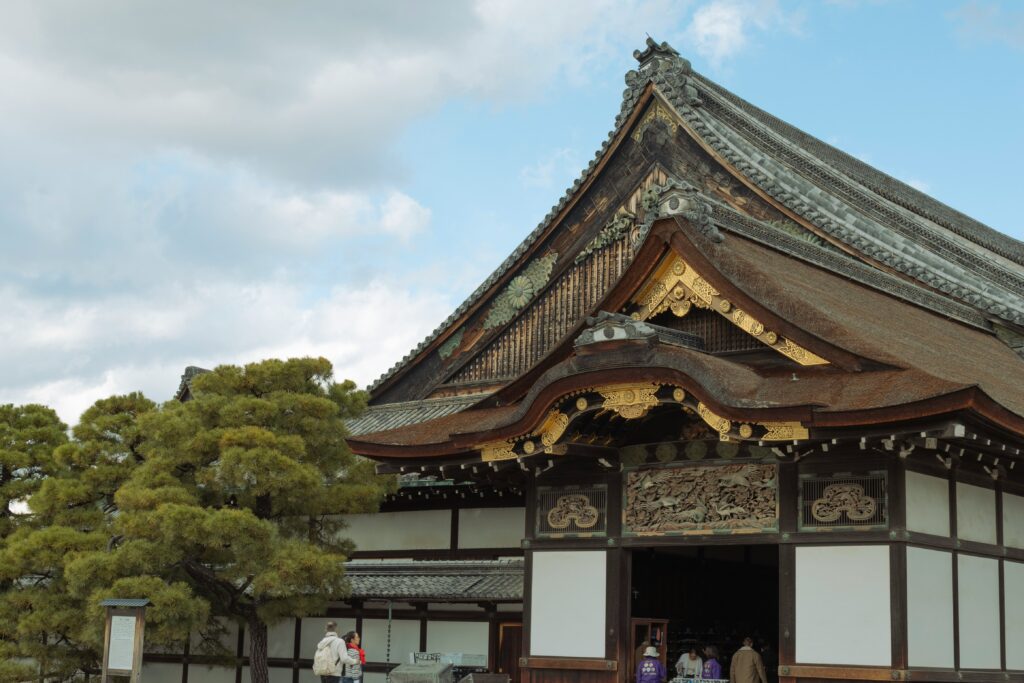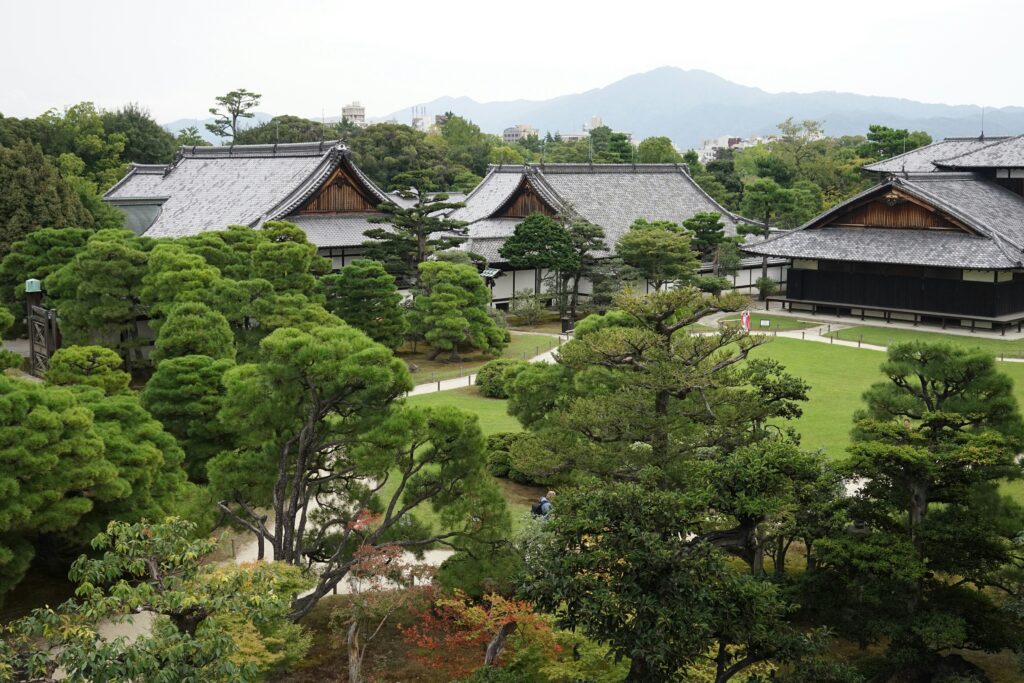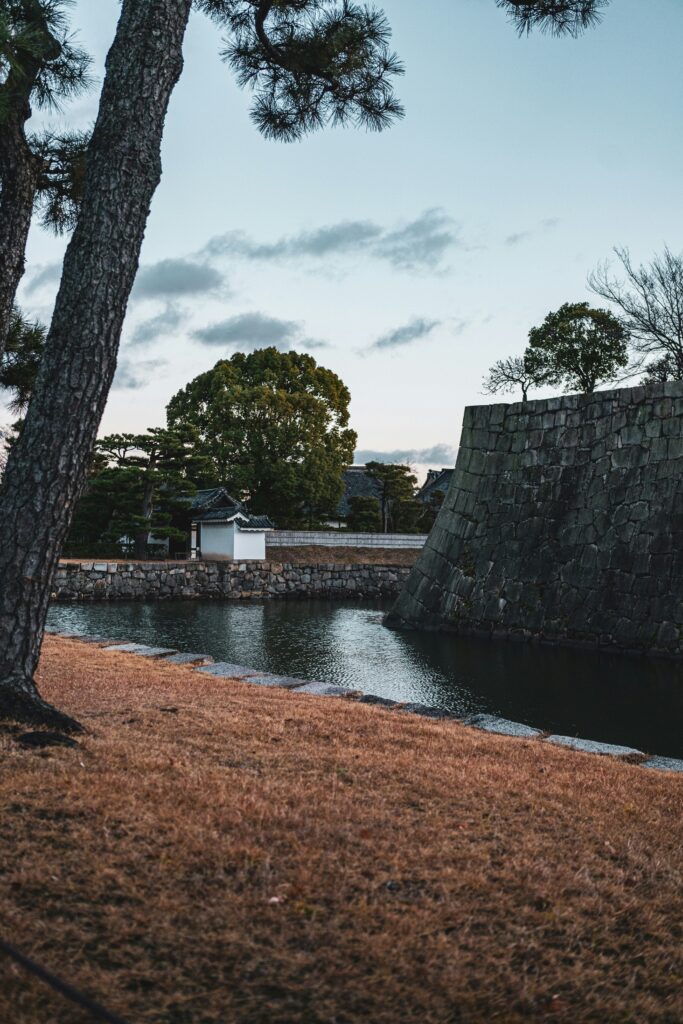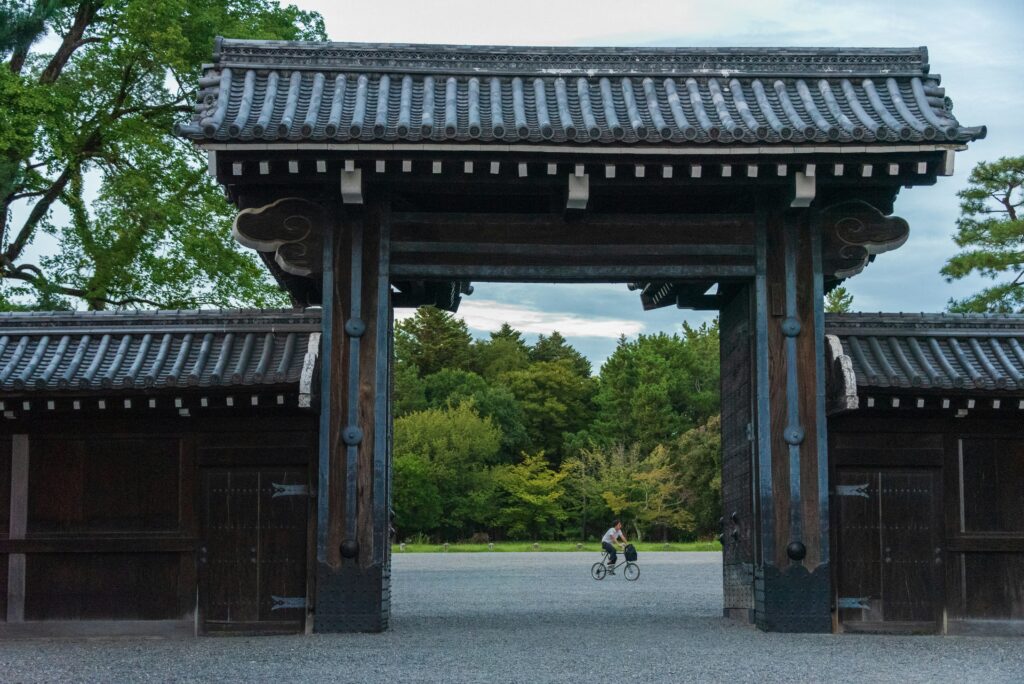When I reached my forties, I began to feel that time had suddenly started moving faster. I was born and raised in Vancouver, Canada, and had worked for many years on the front lines of the financial industry. I was always chasing the next goal, living in a world defined by numbers and future forecasts. For someone like me, “slowing down” felt dangerously close to laziness.
But one day, during small talk after a business meeting, I heard a word that strangely lingered in my mind: “Nijo Castle.”
“It’s where the shoguns once governed. Time feels like it has stopped there,” said a man in his fifties who had once lived in Japan on assignment. His words carried a hint of longing, maybe even quiet admiration. Somehow, that single comment stayed with me. Before I knew it, I had taken some vacation days—and I was in Kyoto, Japan.
Kyoto in early summer was wrapped in a humid, warm air. As I stepped out of the station, I was greeted by a patch of blue sky between the trees and the gentle stickiness of the season. A taxi driver laughed and said, “Hot, hot today,” mixing in broken English with a cheerful tone—perhaps a reflection of Kyoto’s many international visitors. His awkward yet endearing English made me relax, if only a little.

Nijo Castle was just a short walk from my inn. A broad moat encircled the grounds, beyond which rose formidable stone walls. The main gate, adorned with intricate carvings, gleamed quietly under the sun. Built by Tokugawa Ieyasu, this castle marked both the beginning and the end of the Edo Shogunate. But more than its historical importance, it was the texture of time itself flowing through this place that moved me deeply.

As I stepped into the Ninomaru Palace, the floor let out a faint chirp. I later learned that this “nightingale floor” was designed to alert residents to intruders—a clever security measure of the time. The gold-leaf paintings of pine trees and tigers on the sliding doors shimmered with an almost otherworldly elegance. The more I walked through the castle, the more it felt like I had slipped through a gap in time.

That afternoon, weary from walking, I turned into a small alley near the castle and was drawn to a modest, wooden eatery. Behind its latticed windows, I sensed warmth and quiet. Taking off my shoes, I stepped into a tatami room where a few guests were quietly enjoying their meals.
I ordered a bowl of “yuba-don,” drawn in by the aroma of savory broth. Delicate layers of tofu skin rested on soft-cooked eggs atop rice—the gentle flavors seeped into my body. For dessert, a chilled matcha parfait arrived: rich green tea ice cream, mochi, and sweet red beans beautifully arranged. There was something nostalgic in the understated sweetness.
Just as I was about to leave, a voice from the next table spoke.
“Are you traveling?”
The speaker was a man in his sixties, with silver hair, a linen shirt, and a gentle gaze. Born and raised in Kyoto, he had recently retired from teaching high school history and now spent his days crafting traditional woodwork—a longtime hobby that had become a full passion. Conversation came easily, and at one point he said, “We all need to have time that belongs to us.”
“This castle,” he added, “isn’t just a relic. It holds the traces of human lives—shoguns, retainers, ordinary people. Each lived their own time. When we sense that, our own moments start to carry deeper meaning.”
His words softened something that had long been taut inside me, like an early summer breeze finding its way in.

Following his suggestion, I visited several places. First was Arashiyama, where lush green mountains embraced the river and small boats drifted gently along. In the bamboo grove, the rustle of leaves in the wind transported me to another world.
Next, I stood in awe before the thousand statues of Kannon at Sanjūsangen-dō. Each face was slightly different, as though thousands of prayers had found their shape there.
Finally, I walked the Philosopher’s Path—a quiet stone trail lined with canal-side blossoms from Nanzen-ji to Ginkaku-ji. There, I realized that thinking and feeling could share the same weight in a life well lived.

At the end of my journey, I returned once more to walk the moat of Nijo Castle. The light of dusk shimmered on the water; the willow branches whispered gently in the breeze. The castle seemed to remember everything. The stones and wooden walls quietly held untold moments from the past. Through the people I met and the places I visited, I had learned the value of the journey itself—and of time, in all its forms.

For the first time, I found myself cherishing moments where nothing was produced. Life is a journey of constant striving—but within that, we must pause, and meet our time face-to-face.
What Nijo Castle taught me was this: I am living within history. To know the past is not to race toward the future, but to savor the present more deeply. It was in stillness that I discovered the greatest gift of this journey.
Something New Travel

